Welcome to my new weekly series Art Talk. For a reference to the series see Art Talk: Intrduction.
Let's take a look at some of my favorite pieces in the Hirshhorn Sculpture garden in Washington, DC. I lived in DC for 6 years and go back every year. It is a city that has my heart and calls me to it. When I return, there are a few places I always visit and the Hirshhorn sculpture garden is one of these places.
Today we'll explore Emotion in Bronze by Auguste Rodin, Henry Moore and Francisco Zuniga.
Rodin, 1840-1877
Crouching Woman, 1882
This piece always draws me to it. Emotion emanates from her. And there are subtle changes depending on the direction you are looking at her and how close or far you are standing from her.
The primal way she is seated and her neck thrown back suggest to me despondency. I like to fill my life with beautiful things (why I am so drawn to nature and landscape photography). I like this sculpture because life is not always beautiful and light, sometimes it is very hard and it is hard to keep up our hope and courage. With this bronze Rodin shows us that we are not alone in this feeling...we are all connected.

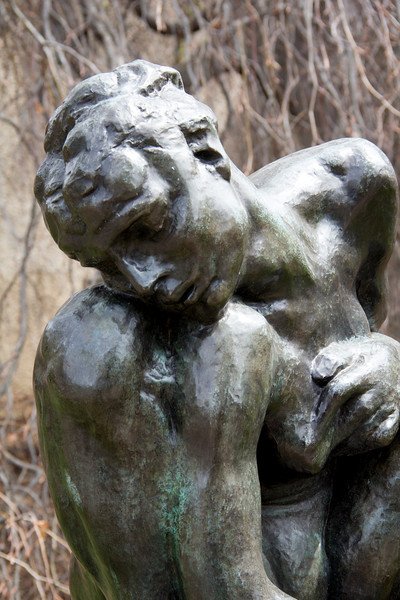 | 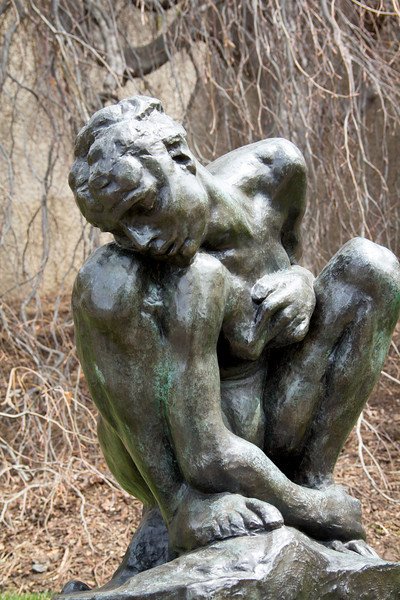 | 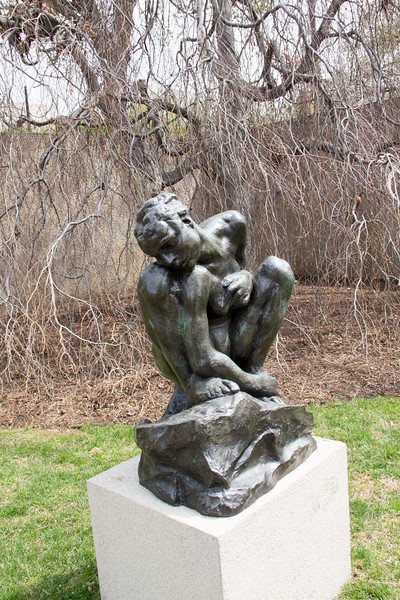 |
|---|
The Burghers of Calais, 1889
This is one of Rodin's most famous sculptures and it was commissioned in 1885 by the city of Calais. Under French law there can be no more than 12 original casts of works of Rodin. One of these is in the Hirshhorn sculpture garden. I have seen another original at the MET in New York City and a copy at Stanford University in California. Each time I see this work of art and hear the story I am moved by the sacrifice of these men.
The story happens in 1346, early in the Hundred Year's War, when King Edward of England laid siege on the city of Calais...for almost eleven months. Because of command from the King of France, Philip VI, to hold out the people began to starve. It is told that King Edward offered to spare the people of the city if six of its leaders would surrender the keys of the city and themselves.
In this iconic sculpture Rodin has captured the moment they are being led, wearing nooses, from their families and their beloved city, to their death. Each man has his own story, you can see it in his reaction to the event. In some we see bold expressions with hands and face, some subtle defiance. Each of these six men are unified in their heroic sacrifice.
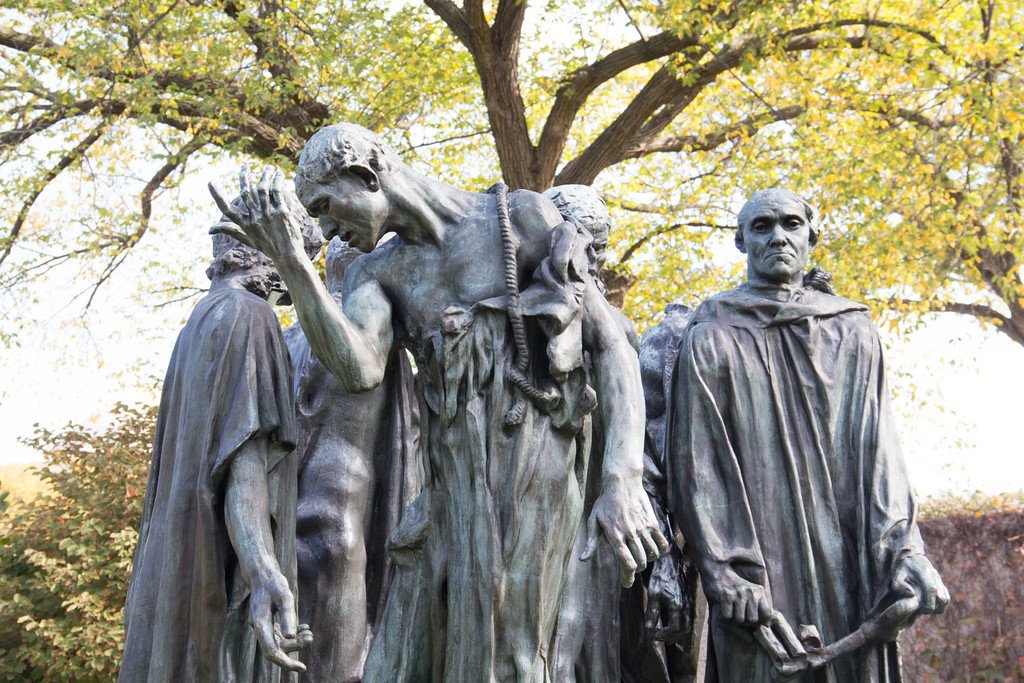
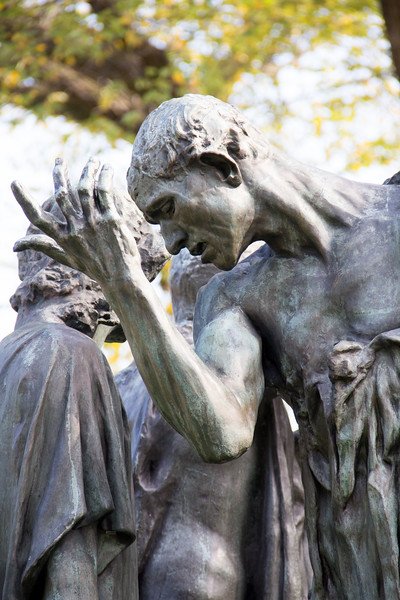 | 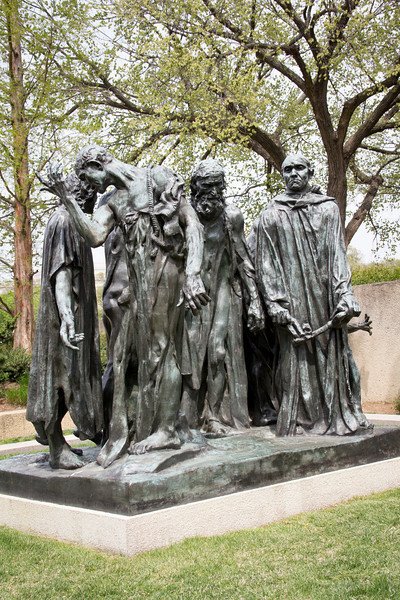 | 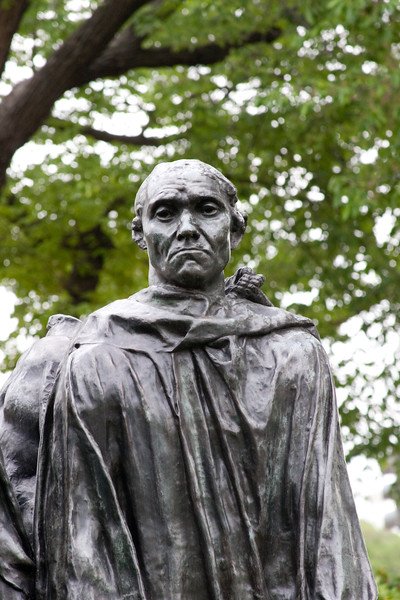 |
|---|
Henry Moore, 1898-1986
King and Queen, 1953

Henry Moore is one of my favorite artists.
What do you see when you look at this king and queen?
Would you even know that they are a king and queen if you hadn't read the plaque?
What are the emotions you experience when you look at it?
For me I feel calm. They are seated, with no shoes, in a very relaxed state. The queen is sitting upright with her hands in her lap. A great pose for meditation (which I have been practicing the past few years). They seemed to be waiting for someone to come to them. It looks like Henry Moore made benevolent sovereigns.
Interesting fact: In 1953, the year Henry Moore made this sculpture, was the same year of the coronation of Queen Elizabeth at the age of 25. Now, in 2018, Queen Elizabeth is 92 years old and is the longest-lived and longest-reigning British monarch.
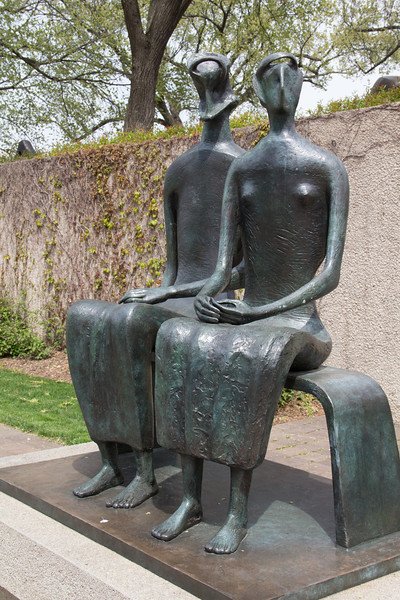 |  | 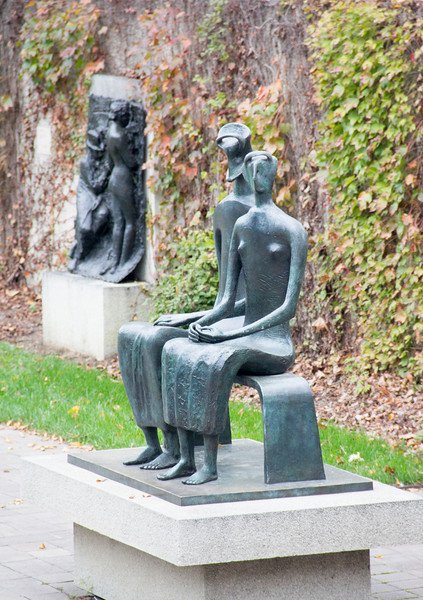 |
|---|
Draped Reclining Figure, 1953
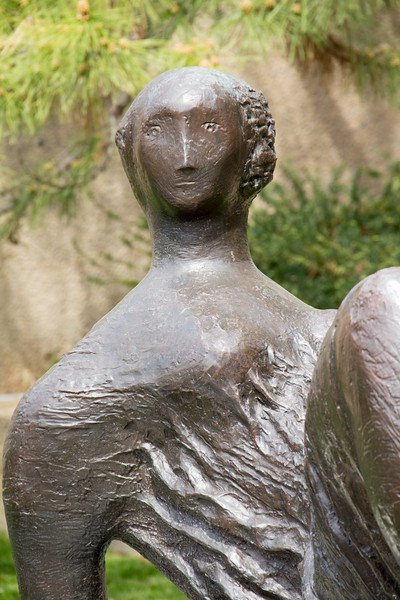
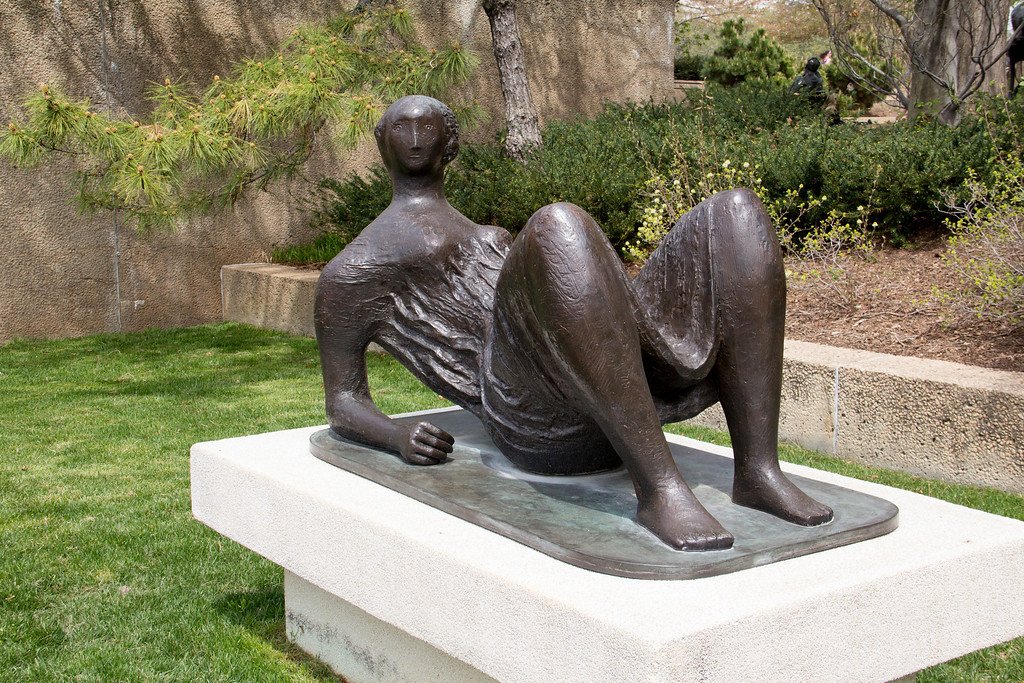
Discovering the emotions with a Henry Moore piece is a bit more challenging.
They are more abstract and their faces are not expressing emotion like the Rodin we just saw. Take this women for instance. She looks a bit emotionless. Look closer. What emotions is she expressing through her body language?
Much like life, sometimes it is easy to see someone's emotions, sometimes we have to slow down and pay more attention to people and their body language understand them and how they might be feeling.
Three-Way Piece No. 3: Vertebrae, 1969
I couldn't resist putting in one of Moore's abstract bronzes. Maybe a future post can be more along this theme. Isn't it gorgeous?

Seated Yucatan Woman, Francisco Zuniga, 1973
Much of Zuniga's work, painting and sculpture, was of women. Here we see a women in repose. When I first saw this woman I thought she was sad. Upon closer look she may be asleep. Whichever the case she is definitely relaxed and her body is free from stress, tension or fear.


While there are many great sculptures in the Hirshhorn sculpture garden I focused on these three artists: Auguste Rodin (French), Henry Moore (English) and Francisco Zuniga (Costa Rican- born Mexican Artist), because they particularly talented in conveying emotion through the human body in bronze.
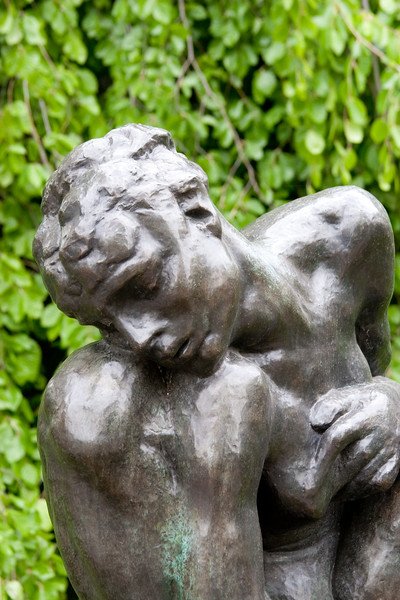 |  |  |
|---|
Special Note: Sculpture has a special place in my life as I grew up with an artist father that made bronzes and owned his own foundry. Some days when I was out sandblasting the bronzes I wished I had a father that just went to an office. Now I appreciate the unique opportunity I had, growing up with beautiful bronzes all around me and seeing the process too.
For our next post we will take a closer look at Henry Moore in a special post called [Art Talk: Moore across America] which highlights some of the Henry Moore art I have seen in different cities across America.
